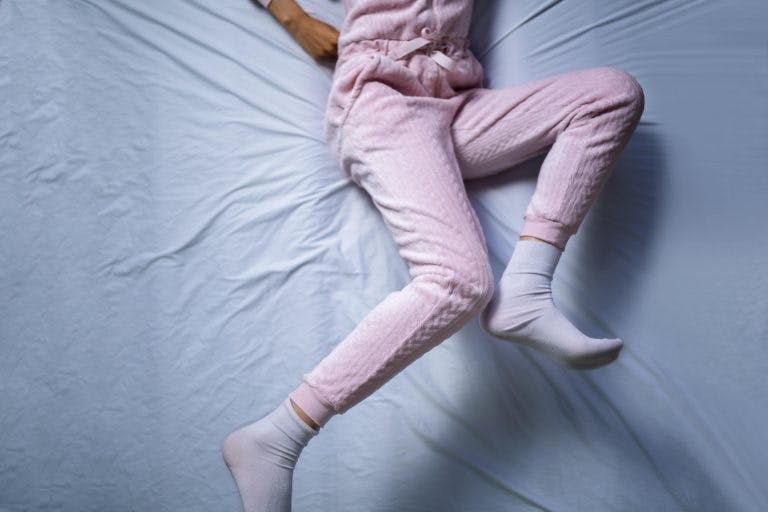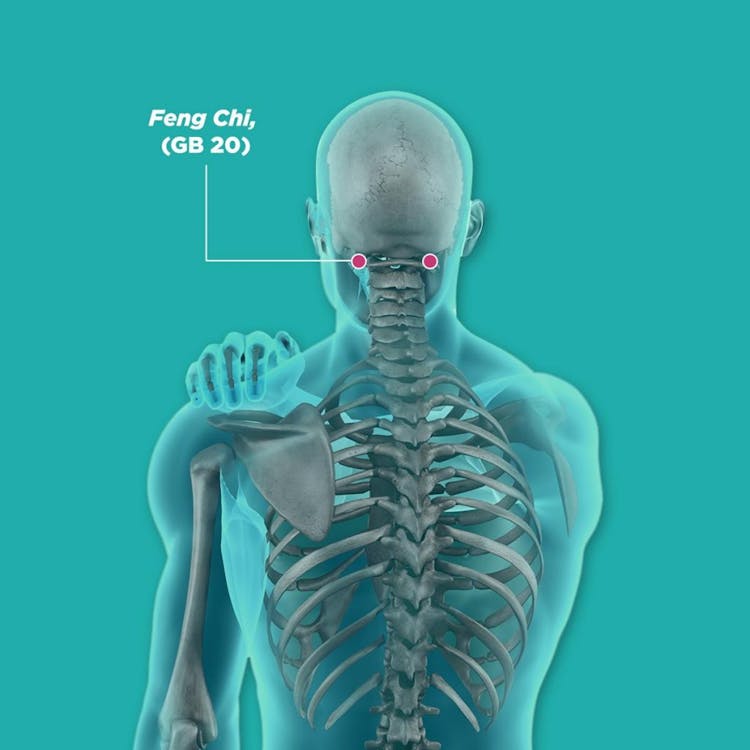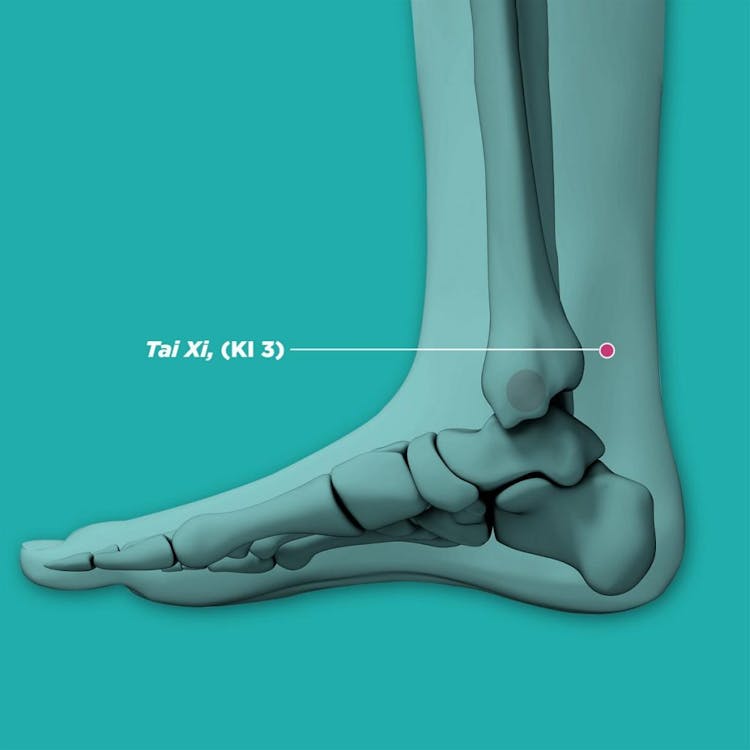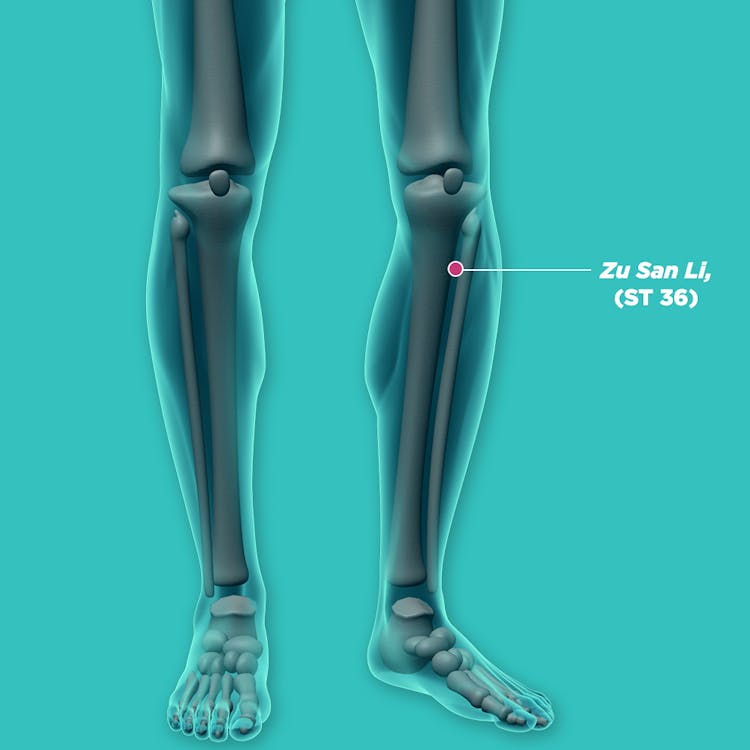Reviewed by Dr Jessica Gunawan and Physician Brandon Yew on June 15, 2022
Best Tips For Managing Restless Leg Syndrome
Published | 7 min read
Did you know that symptoms of restless leg syndrome may occur in your arms, too? Learn the causes and how to reduce your symptoms here.
Restless leg syndrome usually only presents itself later in the day, making it hard for you to fall asleep and stay asleep at night.
The condition provokes an uncontrollable urge to move your legs, usually while you are lying down or sitting for long periods of time.
In addition to preventing you from getting proper sleep, this disorder can be frustrating because it’s hard to identify the causes behind it.
In this guide, we’ll explain what restless leg syndrome is, what the possible causes are, and how you can help remedy your symptoms naturally.
What Is Restless Leg Syndrome?
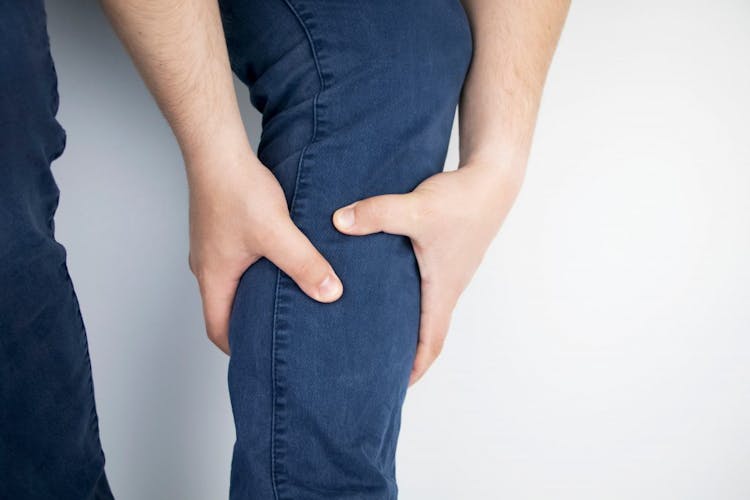
Restless leg syndrome, or RLS for short, is also known as Willis-Ekbom disease. It’s a sleep disorder characterized by an intense, uncontrollable, and irresistible urge to move your legs.
The condition may cause other sensations in your limbs, including a burning, itching, aching, throbbing, tugging, pulling, crawling, or creeping sensation.
These sensations may occur while you are lying down or sitting for long periods of time, such as when you are trying to sleep, driving, working at an office desk, or at a movie theater.
People with RLS may feel the need to shake their legs or arms or get up and walk around to relieve the uncomfortable sensations.
Risk Factors
People of all ages, including children, can develop RLS. However, the risk can increase significantly with age. The syndrome has also been found to be more common in women than in men.
A large number of people with RLS (92%) have a first-degree relative diagnosed with the syndrome. Interestingly, they are likely to develop symptoms before age 45 compared to people without genetic linkage.
In addition, the onset of RLS also relates to other medical conditions, such as:
- Depression
- Diabetes
- Hypothyroidism
- Iron deficiency
- Spinal cord conditions
- Fibromyalgia
- Kidney disease
- Parkinson’s disease
- Peripheral neuropathy
- Rheumatoid arthritis
Separately, the prevalence of RLS during pregnancy is two to three times higher than in normal people. It can be attributed to hormonal changes and reduced levels of iron and folate in the body.
People undergoing dialysis or using antidepressants, allergy drugs, or anti-nausea medications can also be susceptible to the syndrome. Caffeine, nicotine, and alcohol can also make symptoms worse.
Restless Leg Syndrome, According To TCM
Traditional Chinese Medicine (TCM) defines RLS as the formation and accumulation of pathogenic factors.
“Wind, Cold, Heat, Dampness, and Blood Stasis can arise within different segments of the six meridian channels that run along the legs. It’ll disrupt Blood and Qi (vital life force) circulation within the muscles, sinews, and bones,” explains Real Health Medical Senior Physician Brandon Yew.
Signs Of Restless Leg Syndrome
Apart from the temptation to shake your legs, RLS can be accompanied by physical discomfort and poor work performance.
Limb discomfort
An uncomfortable feeling in the arms or legs can present as a creeping, itching, pulling, crawling, tugging, throbbing, burning, or gnawing sensation. It usually happens around bedtime but may also transpire during periods of limb inactivity.
Disrupted sleep
A person with RLS requires more time than the average person to fall asleep. It stems from a desire to alleviate the discomfort by moving or stretching their limbs.
Hence, a decline in sleep quality may result in daytime sleepiness and influence rational thinking. For instance, a person may experience moodiness, irritability, and the inability to concentrate at work.
How To Take Control Of Restless Leg Syndrome

A clinical physician will diagnose the syndrome after observing your symptoms. They may also choose to perform complete physical and neurological examinations after reviewing your medical history.
In doing so, they’ll be able to rule out other health disorders. An overnight sleep study may also be ordered if you exhibit signs of obstructive sleep apnoea.
Lifestyle changes
Changes to a person’s daily routine may be proposed if they only have mild RLS symptoms. These include:
- Practicing good sleep hygiene
- Engaging in regular, aerobic exercises
- Limiting or avoiding caffeinated beverages
- Managing stress through healthy, relaxing habits
- Applying a heating pad or cold compress to the leg
You can also rub your legs with herbal massage oil to soothe the uncomfortable sensation. Or use a muscle relief plaster for convenience if you are at work or will be sitting for long periods during the day.
Prescription medications
Frequent and severe RLS, on the other hand, can be treated with prescription medications.
Dopamine agonists are particularly effective for easing sensory symptoms in the legs and suppressing involuntary movement and leg jerks during sleep.
Anti-seizure medications can slow pain signals from leg nerves, and are especially beneficial for RLS due to neuropathy. Neuropathy refers to damage or dysfunction to one or more nerves.
Herbal formulas
Likewise, herbal formulas can be consumed to address the imbalances that induce RLS. Specifically, each recommended formula has the ability to dissipate and dispel pathogen combinations, and enhance Blood and Qi circulation within the meridians of the legs. Examples of these are:
- Yi Yi Ren Tang
- Xuan Bi Tang
- Shen Tong Zhu Yu Tang
- Dang Gui Nian Tong Tang
- Jing Fang Si Wu Tang
- Huang Qi Gui Zhi Wu Wu Tang
Du Huo Ji Sheng Tang possesses similar abilities to the other suggested formulas but also has the ability to regenerate Yang (active energy) within the leg meridians.
Luk Mey Pills are commonly used in TCM to help address general fatigue or weakness. They also help reduce soreness of the legs and loins.
“Please always bear in mind that the herbal formulas provided are only meant for varying syndromes or subsets of RLS. Each of them is characterized by different pathological combinations. One is strongly advised not to self-medicate without first undergoing thorough consultation with a licensed TCM practitioner, who will assess your unique body constitution and medical condition, and advise you accordingly,” cautions Physician Yew.
Acupressure
Applying a feasible amount of pressure on certain acupressure points to elicit numbness or a sore sensation. At the same time, massage these points in both a clockwise and anti-clockwise circular motion 20 times. Repeat for a minimum of three minutes per point.
This helps dispel pathogenic factors to restore and enhance Blood, Qi, and fluid circulation within the meridians. It also eases tension in the muscles and sinews for greater comfort. Some of the points that can help are:
- Feng Chi (GB20)
- Tai Xi (KI3)
- Yin Gu (KI10)
- Yin Ling Quan (SP9)
- Bi Guan (ST31)
- Zu San Li (ST36)
“Take note that acupressure only provides mild symptomatic relief for RLS. It is thus strongly recommended to seek professional help with a licensed TCM practitioner, in conjunction with the medical doctor, especially if the symptoms persist and are so severe that they affect the ability to function daily,” adds Physician Yew.
Ultimately, achieving control over restless leg syndrome starts with understanding its triggers. Speaking to a clinical physician and TCM practitioner will help you treat the disorder holistically. It’ll also help avoid complications arising from undesirable drug-herb interactions.
References
- Cleveland Clinic. 2022. Restless Leg Syndrome.
- US National Library of Medicine. 2014. Restless legs syndrome and pregnancy: A review.
Share this article on

